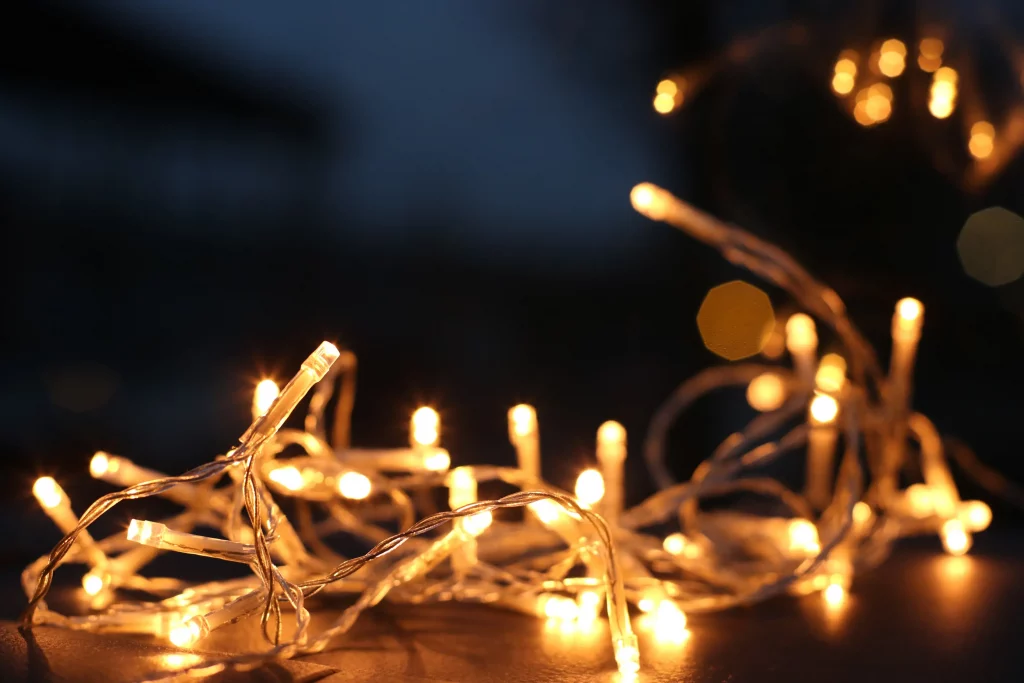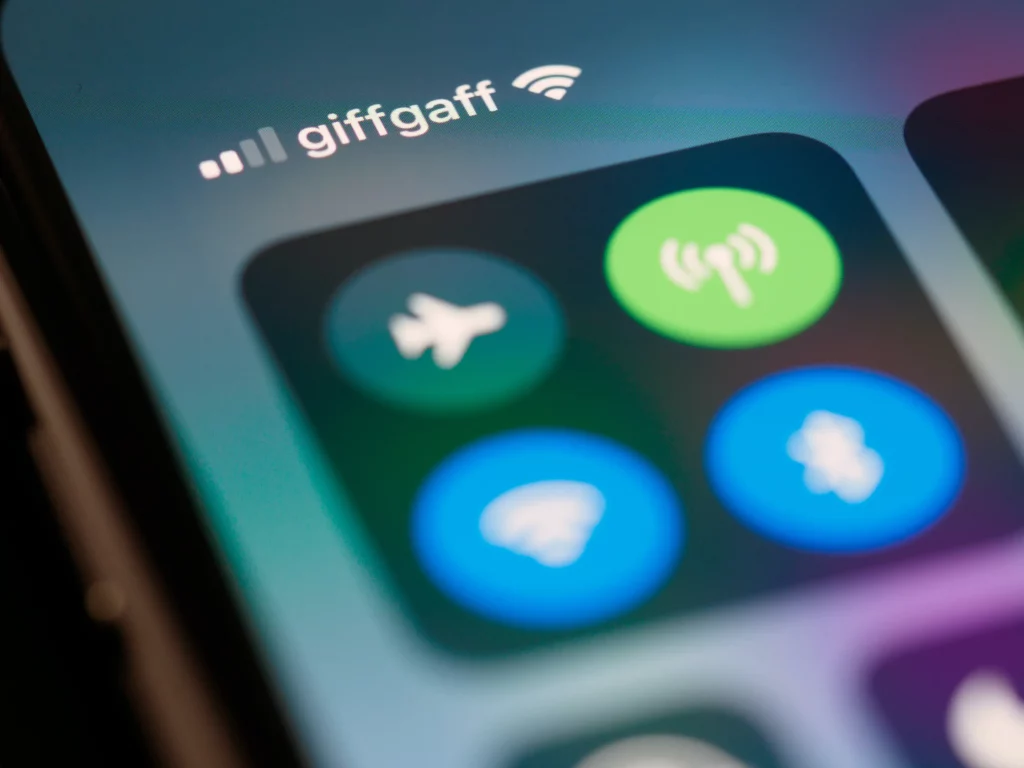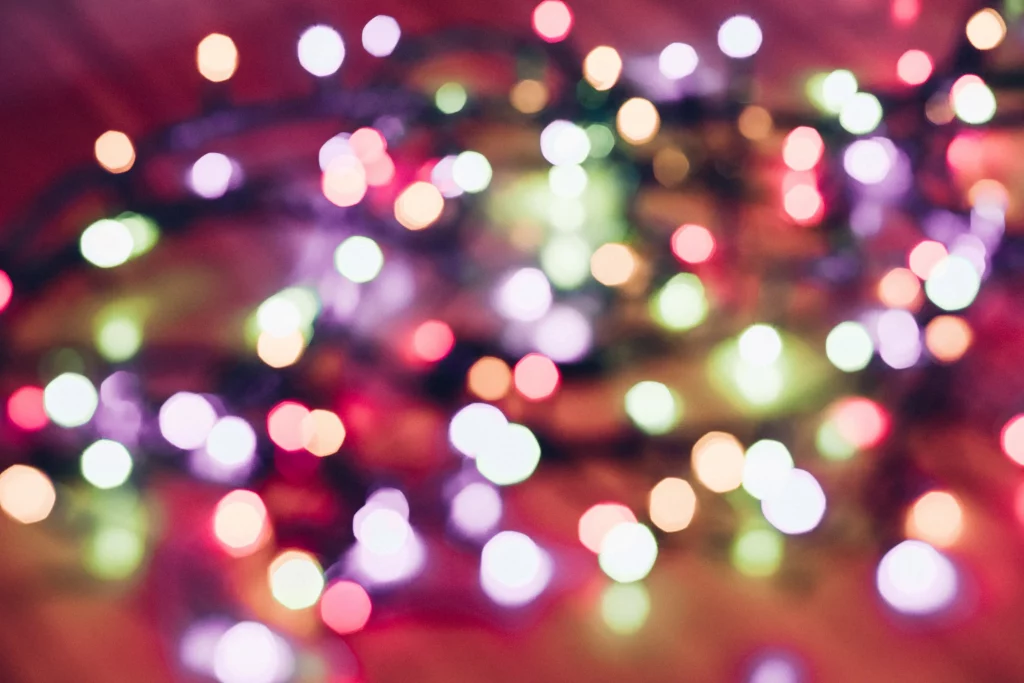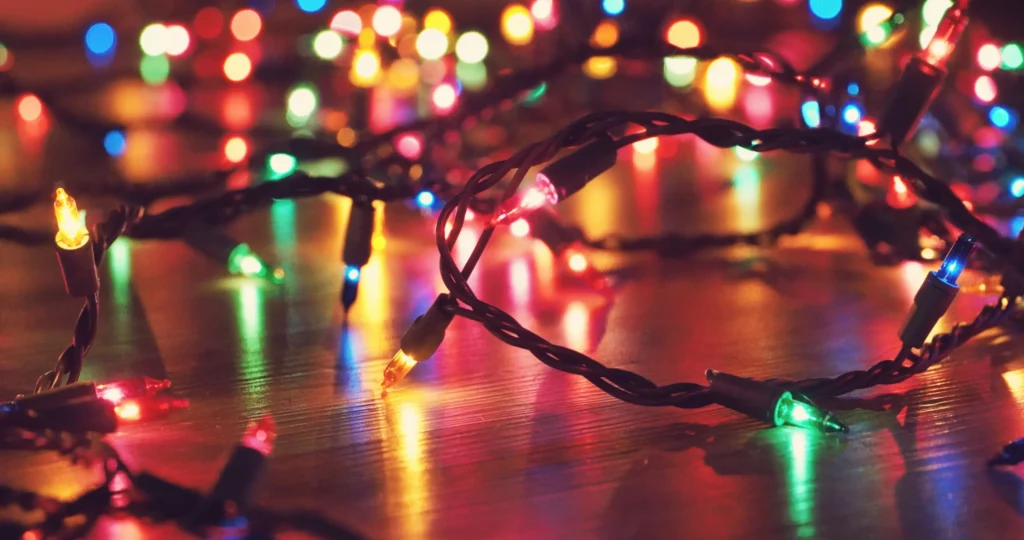Whether you're a house party enthusiast, a DJ, or someone who simply enjoys a vibrant living space, you've probably seen the stunning effects of musicplaying and LED lights pulsating in sync . But have you ever wondered how to sync LED lights to music? This comprehensive guide will provide you with step-by-step instructions and handy tips to help you achieve the best LED light setup.
Setting the Stage: An Intro to LED Strip Lights

LED strip lights have gained a lot of popularity in recent years. Thanks to their flexibility, you can install them anywhere - under your couch, around your TV, or along your bookshelves. The possibilities are endless! But what takes their appeal to the next level is their ability to sync with music.
This means the LED lights will pulsate, flash, or change colors in harmony with the rhythm and beats of your favorite songs. This creates an immersive audio-visual experience that can turn an ordinary room into a mini-concert or club.
All About Music Mode
The easiest way to sync LED lights to music is to use their built-in Music Mode if they have one. This mode uses an internal microphone to pick up the sounds in the room, allowing your LED strip lights to dance along with the rhythm.
When you turn the Music Mode on, ensure the microphone is in good working condition and the music isn't too faint. Even the best LED lights can't perform their music sync magic if they can't hear the music playing!
How Controllers Play Their Part

LED strip lights can be controlled in different ways. You might have a remote control or, in the case of more advanced models, an app control on your phone. Some of these controllers even have a dedicated music mode as mentioned above.
By using a LED controller, you can change the color, brightness, and speed of your LED strip light according to the vibe of your music. Some models of RGB LED strip lights offer various music modes, each designed for a different genre or mood.
The Importance of Resetting
If you're trying to sync your LED lights to music and it isn't working, don't panic! Sometimes, all you need to do is reset them. You can usually use your remote control to reset and connect LED lights to your music source, but the exact method may vary depending on the model. When in doubt, refer to the manufacturer's instructions.
The Role of Speaker Wires
For those who like a bit of DIY, connecting your LED lights to your speaker wire can be a thrilling project. By stripping the plastic off your LED wires and twisting them with the speaker wire, your LED lights will illuminate in sync with each beat of the music.
Though a bit more technical, this method can provide an exceptional level of music sync. But be careful; handling wires can be dangerous if you're unsure what you're doing. Always prioritize safety when using wires or a power supply!
Hand-Picked LED Lights That Sync with Music

If you're in the market for new LED strip lights, consider investing in a model designed to sync with music. Notable options include Govee Smart LED Strip Lights, NEXillumi LED Strip Lights, and Dreamcolor LED Strip Lights. These models come with dedicated music modes and advanced syncing capabilities.
If you need more recommendations, check out this list of the best party lights. With this selection, you can create an ambiance that will get your party guests dancing all night long.
Upgrading Your Music Experience
Remember that syncing LED lights to music is not just about the lights. You also need a quality sound system. Whether you're using in-ceiling speakers for a surround sound experience, budget-friendly bookshelf speakers, or splurging on high-end home theater speakers, the right audio setup can make a huge difference in your LED light show.
Troubleshooting Common Issues
Like all technology, your LED light strip may occasionally present some challenges. Here are some common problems and their solutions to help you enjoy a hassle-free music-syncing experience.
LED Lights Not Syncing with Music
First, make sure your LED strip lights have a music mode. If they do, check whether the built-in microphone is working properly, and the music isn't too soft.
If everything seems fine, but your LED light strips still aren't syncing, try resetting them.
LED Lights Flashing Randomly
If your LED lights are flashing without any music, they might be picking up ambient noise.
Try reducing background noise or adjusting the microphone's sensitivity settings, if you can.
Remote Control Not Working
Check the batteries first. If they're okay, try moving closer to the LED lights, as there might be a range issue. If all else fails, you might need a replacement remote.
App Connectivity Issues
If you're using a Wi-Fi controller, ensure your smartphone and LED lights are connected to the same network.
If they're still not connecting, try restarting your router or checking for updates to the LED light's app.
The Science Behind Syncing LED Lights to Music

The science behind syncing LED lights to music is fascinating and involves a marvelous blend of acoustics, electronics, and optics. It's not just about illuminating LEDs; it's about transforming the acoustic energy from music into visual energy in the form of light.
The Role of a Sound-to-Light Converter
The primary player in this process is the sound-to-light converter, often known as a music controller. This little device acts as the brain, translating music into a light show. It features a built-in microphone that picks up the sound waves produced by your music.
Sound waves are variations in air pressure that travel through the air. The microphone in the music controller detects these variations and converts them into electrical signals. These signals still maintain the pattern of the original sound wave's highs (peaks) and lows (troughs).
Analog to Digital Conversion
Once we have these electrical signals, the next step is converting them from analog to digital. This process is done by an analog-to-digital converter (ADC). The ADC takes the continuous electrical signals from the microphone and turns them into a set of digital values that a microcontroller can understand.
The Microcontroller
A microcontroller is like a mini computer that can process the digital values from the ADC. It is programmed to analyze the frequency and amplitude of the signals.
The amplitude, which corresponds to the volume of the music, can be used to control the brightness of the LEDs. Louder music will produce a higher amplitude signal, causing the LEDs to glow brighter.
The frequency of the signal, which corresponds to the pitch of the music, can be divided into different ranges to represent different colors on the LEDs. For instance, low frequencies (bass sounds) could trigger red lights, mid-range frequencies (such as human voices) could trigger green lights, and high frequencies (like cymbals clashing) could trigger blue lights.
The microcontroller sends the necessary instructions to the LEDs, causing the lights to change color, flash, dim, or brighten in sync with the music.
From Microcontroller to LED Lights
The final step in the process is sending the instructions from the microcontroller to the LED strip. This is achieved through Pulse Width Modulation (PWM). The PWM can turn the LED lights on and off very quickly, which adjusts the brightness and color of the LEDs, creating the illusion of the lights 'dancing' to the music.
In summary, the science of syncing LED lights to music involves capturing sound waves, converting them to electrical signals, digitally processing the signals to analyze the music's volume and pitch, and finally translating that analysis into commands that control the LED lights.
The result is a mesmerizing fusion of light and sound that enhances the enjoyment of any musical experience.
Safety Precautions When Setting Up LED Lights

Safety should be your top priority when setting up and using LED strip lights. Here are some safety considerations:
Electrical Safety: Never touch the LED strip lights, their power source, or any exposed wires with wet hands or while standing in water. If you're connecting your LED lights to speaker wires, turn off the power first to avoid the risk of electrocution.
Heat Dissipation: LED lights can heat up during operation. Make sure they're installed in a well-ventilated area to prevent overheating.
Wi-Fi Controller Safety: If you're using a Wi-Fi controller, make sure your home network is secure. An unsecured network could allow unauthorized individuals to gain control of your LED lights.
Proper Installation: Incorrect installation can lead to short circuits, overheating, or fires. Always follow the manufacturer's installation instructions; when in doubt, hire a professional.
Understanding these aspects of syncing LED lights with music will help you troubleshoot issues effectively, appreciate the technology behind the light show, and ensure a safe setup. With this knowledge, you can create an unforgettable audio-visual experience in your home. Enjoy the magic of music and light dancing together!
Key Takeaways

Knowing how to sync LED lights to music involves understanding the basic functioning of your LED strip lights, leveraging their built-in music mode, and effectively using controllers and speaker wires to create an immersive musical experience.
While different LED lights may require slightly different methods for syncing with music, the basic principles remain the same. Always consult the manufacturer's instructions or online tutorials for specific guidance.
So there you have it - a complete guide on how to sync LED lights to music. With these tips and tricks, you can transform any ordinary room into an extraordinary sensory experience. Let your LED strip lights dance to the rhythm of your music, and watch as your environment comes alive!
Go ahead and embark on this musical journey with LED lights. Your audience, whether a crowd of partygoers or just your pet cat, will surely be mesmerized by the spectacular light show you create!
The beauty of LED light syncing is that it's a skill anyone can learn. You only need a little patience, some technical know-how, and the right LED strip lights. So, get out there and start connecting LED lights to your favorite tunes. You'll be glad you did!
